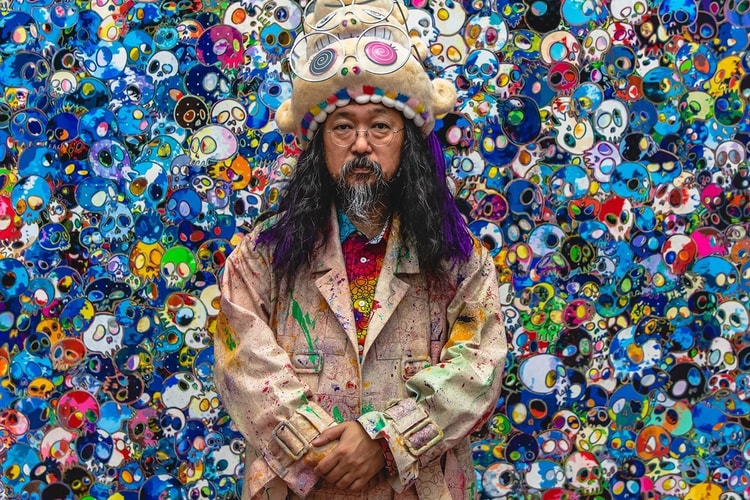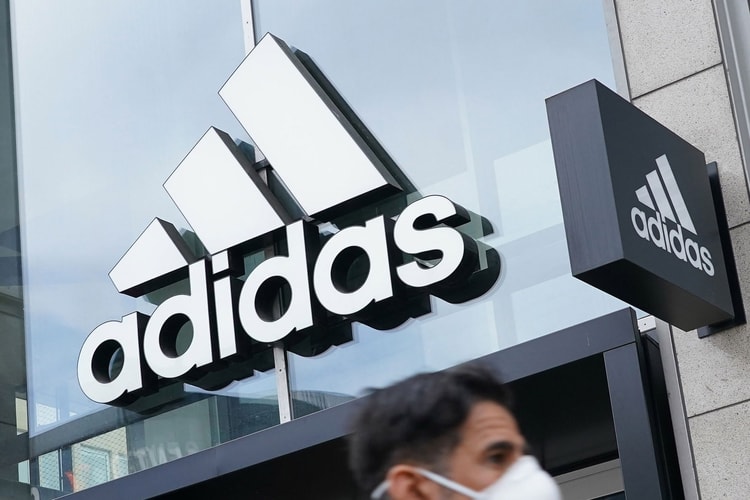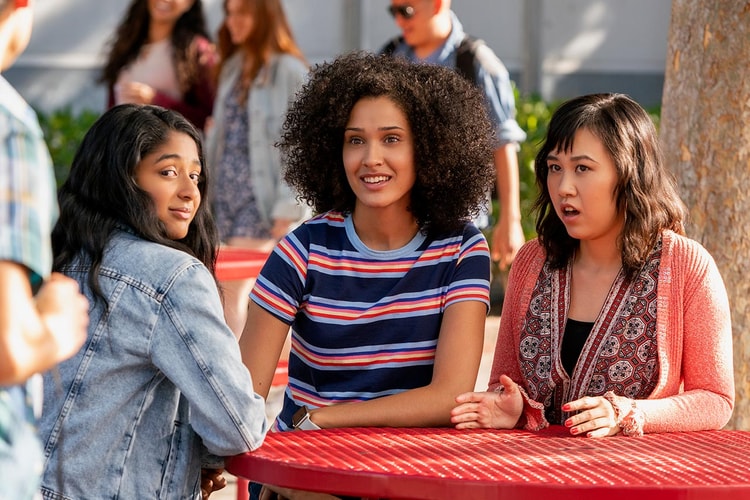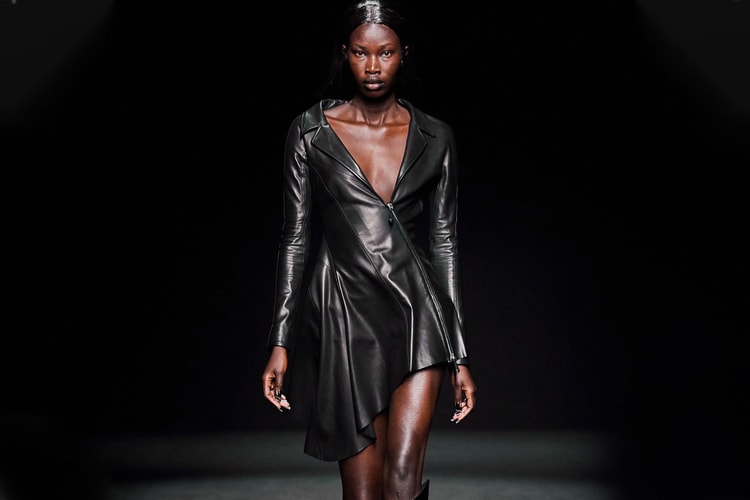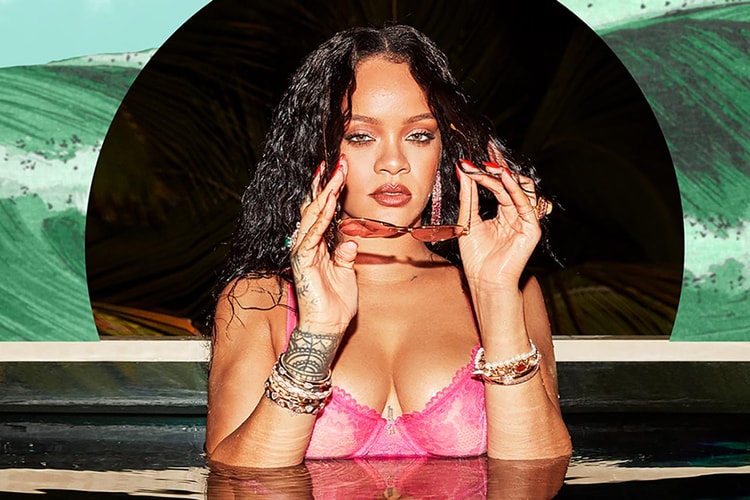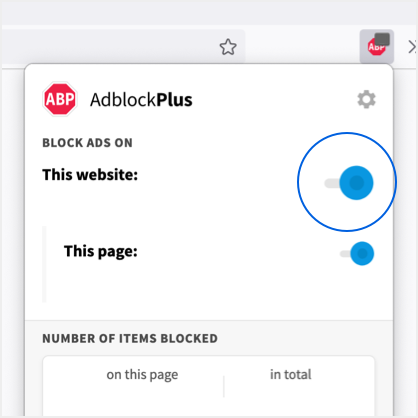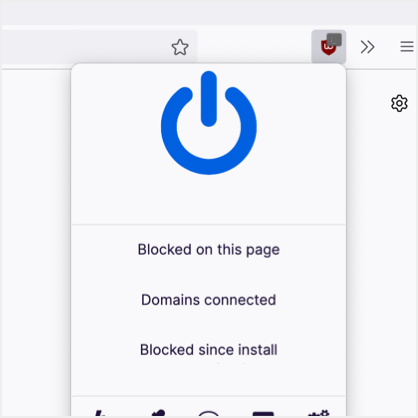Will Female-Led Cinema Survive COVID-19?
No Audiences. No Cinemas. No Women?
Summer 2020 was meant to be a shining moment for female creatives defiantly asserting their place within mainstream cinema. Releases such as Black Widow, Wonder Woman 1984 and Mulan were poised to make a box office smash, with female representation both in front of and behind the camera. Three female directors and multiple female characters had their sights set on some of the biggest box office returns of the year – something that would have seemed almost impossible five years ago. Young girls would now have new role models to look up to: a resilient and intelligent spy, a loyal and brave warrior and a powerful superhero. Our reality is very different. Cinemas are closed and productions have been halted in Hollywood. The films that had the potential to open up a new wave of female creativity and financial success have been pushed back, and it is unclear if people will feel safe to return to the cinema anytime soon.
COVID-19 has hit Hollywood spectacularly. The large studios are struggling financially with the sector reporting estimated losses of around $7 billion in mid-March. Even Disney, the largest studio in Hollywood, has reported losses of up to $1.4 billion as its parks close and production stalls. It seems the magic has finally left the mouse house.
The cinematic landscape has altered dramatically, Mulan has been pushed back three times due to Coronavirus uncertainties and is now due for release on August 21st, with Wonder Woman and Black Widow pushed back to October 2nd and November 6th respectively. Although these female-directed films have been rescheduled for later this year there is no guarantee that our viewing habits will be the same, or that your average filmgoer will feel comfortable returning to the cinema. The projected box office opening for Mulan was expected to be $80 million, but with many cinemas not opening until later this summer the film looks under threat to have an underwhelming opening weekend. In China, 500 cinemas reopened on the 20-22nd of March but have been forced to close again, most likely due to the continuing unease around spikes in cases of the Coronavirus. China has one of the largest box offices in the world, with many films taking the majority of their foreign box office in this country alone. It could be disconcerting for Mulan, a film centred around Chinese history and traditions , to not be able to open successfully in the country.
It is not just China that has a worrying cinematic future. In the UK cinemas are not opening until mid-July, and in the U.S this is currently being decided on a state by state basis. Large cinema-going cities such as New York and San Francisco are not set to open theatres until at least mid-August, tentatively eyeing the Mulan release date. The cinematic experience will be very different to what we all know with many cinema chains such as Vue and Regal Cinemas advising social distancing, increased cleaning and the requirement of face masks. This means a decreased capacity and fewer screenings, detrimentally affecting any film scheduled for release in the coming months.
So, what does this mean for female filmmakers and female talent? Hollywood is a business first and foremost, not a creative output. Hollywood invests in success. Of the top grossing movies of all time, only two feature female leads (Titanic and Avatar) with the rest of the list being completed by predominantly male action films, such as the Marvel Cinematic Universe and Fast and Furious. During an analysis of female characters in films in 2019 it was found that audiences were almost twice as likely to see male characters as female characters in the top grossing films that year. However, women make up 51% of moviegoers. So why the disparity? If women make up over half of audiences, why are we not being represented on screen and behind the camera?
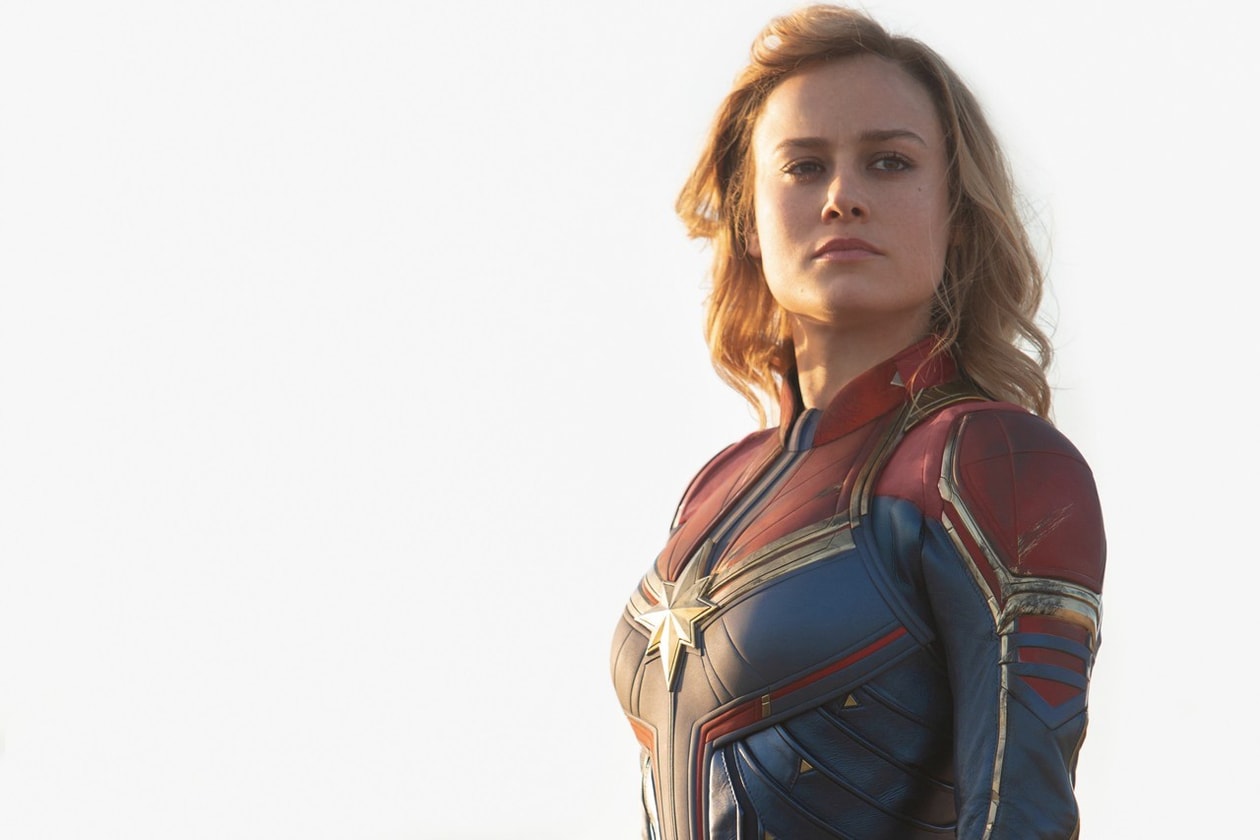
Marvel Studios
It took Marvel 11 years to finance and produce a superhero movie with a female protagonist, leading to the dramatic success of Captain Marvel in 2019. The company established a tried and tested formula for their superhero movies, centered around male characters and male directors. Slated has suggested that the most common reasons for hiring male directors over female directors for major studios are that:
1. Only directors with a hit independent film (or feature directing experience at all) can be considered for a studio film.
2. Male directors are simply safer financial bets for studio-sized films.
3. There’s not enough of a “pipeline” of “qualified” female directors.
This list exposes the mentality of Hollywood as an industry that prizes money over creativity, and ‘safe bets’ over ‘risky’ female fare. In a post-COVID world, where money is tighter and production is more complex, male directors who are ‘safer financial bets’ are more likely to be the ones whose projects are green-lit. Currently there are 34 films in production by the large studios that are directed by women but only 11 of these have release dates. Women are often left waiting – their future prospects tied to the whims of the studio machine. Success this summer would have affirmed that women can front large films and bring in competitive box office figures, which would have fed into future investments in female-based creative projects. Now the future seems uncertain.
Female representation feels new and exciting, it feels like something we have waited for and worked towards for years, but we must be aware that this representation is still predominantly White. It was found that in the top 100 films of 2019 68% of all female characters were White, 20% were Black, 7% were Asian, and 5% were Latina. Mulan was breaking ground as a large studio blockbuster with East Asian representation. Notable talented female BAME directors working for large studios are Cathy Yan and Ava Duvernay. However, Yan’s Birds of Prey drastically underperformed at the box office and was slated by critics and Ava Duvernay’s A Wrinkle in Time only made $133.4 million worldwide. Duvernay was also shockingly overlooked for a directing Oscar nomination for her universally acclaimed Martin Luther King biopic Selma. White female representation may have just been spreading its wings, but Black and Asian representation is still weighted to the ground.
But there is hope. For countries that have been locked inside for months on end, a trip to the cinema may be the perfect antidote to our current reality. If lockdown continues these films may move online and we can support them by buying, watching and re-watching. Jennifer Lee was the first female director to achieve $1 billion at the box office with Frozen 2 and is proof that when given the opportunity women can make a huge impact in the male-dominated film industry. It is hard when women have been waiting so long for a seat at the table – but we may just have to wait a little bit longer.

